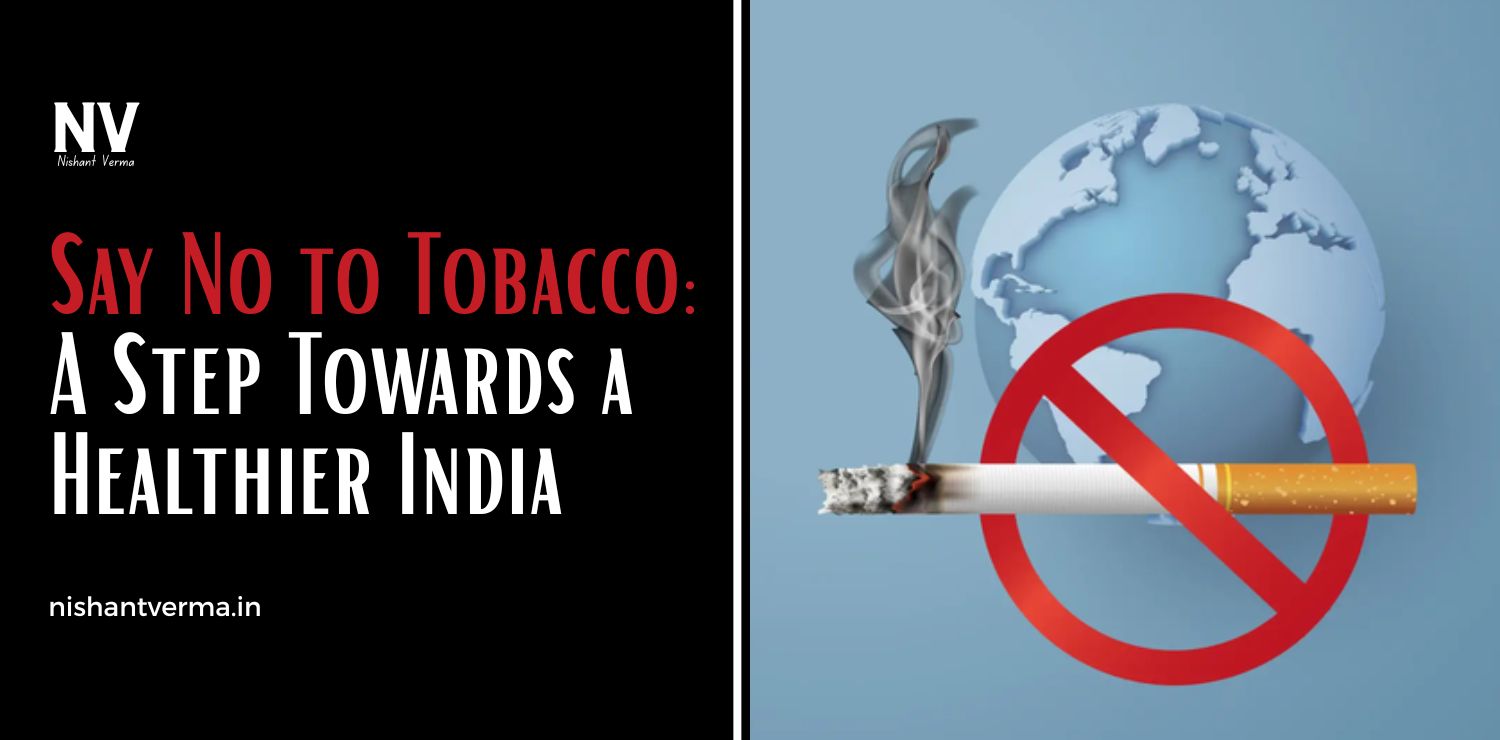Indian art is one of the oldest and most diverse art traditions in the world. It spans thousands of years, encompassing a wide range of styles, techniques, and materials. From the intricate sculptures of the Indus Valley Civilization to the magnificent temples and sculptures of the Gupta period, Indian art reflects the country’s rich cultural and spiritual heritage. Understanding the development of Indian art from the earliest civilizations to the Gupta period offers a fascinating glimpse into the evolving cultural, religious, and social landscape of the subcontinent.

The Indus Valley Civilization: The Beginning of Indian Art
The journey of Indian art begins with the ancient Indus Valley Civilization (around 3300 BCE to 1300 BCE), one of the world’s earliest urban civilizations, which flourished in the northwestern regions of present-day India and Pakistan. This civilization is known for its advanced urban planning, sophisticated drainage systems, and impressive architectural structures. However, it is also recognized for its art, which was highly detailed and functional.
The art of the Indus Valley was predominantly based on practical use. Most of the objects produced during this period were made of materials like clay, terracotta, and stone. The most famous examples of Indus Valley art are the seals and figurines found during excavations in cities like Mohenjo-Daro and Harappa. These seals, often made from steatite (a type of soft stone), feature intricate carvings of animals, human figures, and symbols. The seals were likely used for trade and administrative purposes, but they also reveal the artistic skills of the people. The figurines, which are often small and crafted from terracotta, represent animals, women, and deities, reflecting the religious and spiritual life of the people.
While much of the Indus Valley art seems to be functional, it is clear that the civilization had an appreciation for beauty and aesthetics. The craftsmanship of the pottery and jewelry, as well as the figurines, suggests that the people of the Indus Valley had a strong sense of artistic expression, even in their everyday items.
The Maurya Period: Art with a Purpose
After the decline of the Indus Valley Civilization, Indian art entered a new phase during the Maurya Empire (around 322 BCE to 185 BCE). The Maurya period is marked by a focus on religious and royal art. During this time, Emperor Ashoka, one of India’s greatest rulers, embraced Buddhism and played a significant role in spreading the religion across the Indian subcontinent.
Ashoka’s reign saw the creation of some of the most iconic examples of early Indian art. The Ashoka Pillars, which are tall stone columns with inscriptions, stand as remarkable monuments to the era. These pillars, found in different parts of India, often feature detailed carvings of animals, such as lions and elephants, which were symbolic of the emperor’s power and the spread of Buddhism. The most famous of these is the Lion Capital of Ashoka, which features four lions facing different directions. This sculpture, which now serves as India’s national emblem, is a symbol of the strength and unity of the Indian people.
In addition to the Ashoka Pillars, the Maurya period also saw the development of Buddhist art. The earliest Buddhist stupas (dome-shaped structures that house relics of the Buddha) were built during this time. The stupa at Sanchi, for example, is a prime example of Mauryan art and architecture. It features intricate carvings and reliefs that depict scenes from the life of the Buddha and the stories of his previous lives. These early Buddhist artworks set the stage for the flourishing of religious art in India.

The Gupta Period: The Golden Age of Indian Art
The Gupta Empire (around 320 CE to 550 CE) is often considered the golden age of Indian art. This period saw a remarkable flourishing of sculpture, painting, and architecture, with a strong emphasis on religious themes, particularly Hinduism, Buddhism, and Jainism. The Gupta period witnessed the rise of classical Indian art, with refined techniques and an emphasis on idealized beauty.
One of the most notable achievements of the Gupta period is the development of monumental stone sculpture. Temples built during this time were adorned with magnificent carvings that depicted Hindu gods and goddesses, as well as scenes from Hindu mythology. The artwork in these temples was not just decorative but also had deep religious significance. The most famous example of Gupta sculpture is the standing statue of the Buddha at Sarnath, which dates back to the 5th century CE. The statue, with its serene and calm expression, exemplifies the Gupta style of idealized figures and graceful postures. The depiction of the Buddha in this period marked a shift towards a more human-like representation, as opposed to earlier, more abstract depictions of the divine.
Another significant development during the Gupta period was the creation of detailed murals and frescoes. The Ajanta Caves, a series of rock-cut temples and monasteries in Maharashtra, are famous for their vibrant and intricate paintings. These murals, which date from the 5th to 7th centuries CE, depict scenes from the life of the Buddha, as well as narratives from the Jataka tales (stories of the Buddha’s previous lives). The paintings of Ajanta are known for their naturalistic style, rich colors, and intricate details, and they are among the finest examples of ancient Indian art.
In addition to religious art, the Gupta period also saw the rise of secular art. The Gupta rulers were great patrons of the arts and encouraged the creation of works that depicted court life, royal portraits, and scenes from everyday life. Sculptures from this period often feature elegant, finely detailed figures of kings, queens, and noblemen, reflecting the wealth and sophistication of Gupta society.
The Gupta period also witnessed the creation of intricate jewelry, pottery, and textiles. The craftsmanship in these items was of the highest quality, with elaborate designs and patterns. The Gupta artisans were particularly skilled in working with gold and precious stones, and their jewelry was highly prized.

Influence of Religion on Indian Art
Throughout the development of Indian art, religion played a crucial role in shaping the themes and forms of artistic expression. Early art forms, such as those from the Indus Valley and Maurya period, reflected religious symbols and practices. However, as Hinduism, Buddhism, and Jainism evolved, these religions became more deeply intertwined with art.
Buddhist art, in particular, flourished during the Maurya and Gupta periods. The creation of stupas, statues of the Buddha, and murals depicting his life helped spread the teachings of Buddhism across India and beyond. Hindu art, too, saw a golden age during the Gupta period, with the portrayal of deities like Vishnu, Shiva, and Lakshmi in intricate sculptures and temple carvings.
Jain art, though less widely known, also developed during this time, with detailed depictions of Tirthankaras (spiritual teachers) and sacred symbols in temples and sculptures.
Conclusion: A Rich Artistic Heritage
The development of Indian art from the Indus Valley to the Gupta period reflects a continuous evolution of techniques, styles, and cultural influences. From the functional yet intricate creations of the Indus Valley to the religiously inspired sculptures and murals of the Gupta period, Indian art has played a central role in the spiritual and cultural life of the subcontinent.
The Gupta period, in particular, stands out as a high point in the history of Indian art. The detailed sculptures, vibrant paintings, and grand architecture of this period set the standard for centuries to come, influencing art traditions in India and across Asia. Today, the rich artistic heritage of India continues to inspire and captivate people around the world, serving as a testament to the creativity, skill, and spiritual depth of its people.




